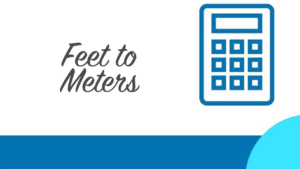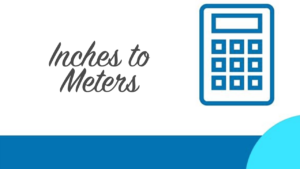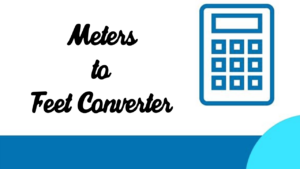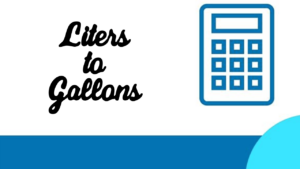To convert a binary number to octal, start by multiplying each digit of the binary number by 2 raised to the nth power, where n is the position of the digit from the right.
For example, if the binary number is 1011, then you would multiply 1 by 2^3, 0 by 2^2, 1 by 2^1, and 1 by 2^0. The resultant decimal number should be 11, which is the equivalent octal number for 1011.
To get the remainder when dividing 11 by 8, divide 11 by 2 three times. The remainders will be 3, 1, and 1. These numbers correspond to the octal digit 321.
| Binary | Octal |
|---|---|
| 1 | 1 |
| 10 | 2 |
| 11 | 3 |
| 100 | 4 |
| 101 | 5 |
| 110 | 6 |
| 111 | 7 |
| 1000 | 10 |
| 1001 | 11 |
| 1010 | 12 |
| 1011 | 13 |
| 1100 | 14 |
| 1101 | 15 |
| 1110 | 16 |
| 1111 | 17 |
| 10000 | 20 |
| 10001 | 21 |
| 10010 | 22 |
| 10011 | 23 |
| 10100 | 24 |
| 10101 | 25 |
| 10110 | 26 |
| 10111 | 27 |
| 11000 | 30 |
| 11001 | 31 |
| 11010 | 32 |
| 11011 | 33 |
| 11100 | 34 |
| 11101 | 35 |
| 11110 | 36 |
| 11111 | 37 |
| 100000 | 40 |
| 100001 | 41 |
| 100010 | 42 |
| 100011 | 43 |
| 100100 | 44 |
| 100101 | 45 |
| 100110 | 46 |
| 100111 | 47 |
| 101000 | 50 |
| 101001 | 51 |
| 101010 | 52 |
| 101011 | 53 |
| 101100 | 54 |
| 101101 | 55 |
| 101110 | 56 |
| 101111 | 57 |
| 110000 | 60 |
| 110001 | 61 |
| 110010 | 62 |
How do you convert decimal numbers to octal numbers?
Decimal to octal: We can convert a decimal number to its equivalent octal form by dividing the number by 8 and writing down the remainders in reverse order.
For example, let’s convert the decimal number 234 to octal. We divide 234 by 8 and write down the remainders in reverse order:
234 ÷ 8 = 29 with a remainder of 2 29 ÷ 8 = 3 with a remainder of 5 3 ÷ 8 = 0 with a remainder of 3 Therefore, the octal form of 234 is 3530.
How do you convert binary to octal and hexadecimal?
Binary to octal conversion is quite simple. You just need to remember that each binary digit corresponds to a power of two, starting with the rightmost (least significant) digit and working left.
So, if you have a binary number “1010”, this can be expressed as 10 = 1*2^1 + 0*2^2 + 1*2^3 This can also be represented in exponential form as 10 = 1*10^1 + 0*10^2 + 1*10^3 To convert from binary to octal, you simply group the digits in threes, starting at the rightmost (least significant) digit.
So, our example “1010” would be grouped like this: 101 010, And then you replace each group with the corresponding octal digit. In this case: 101 = 5 010 = 2 So, our original binary number “1010” converts to the octal number “52”.
Converting from binary to hexadecimal is a little more complicated than converting to octal, but it’s still pretty straightforward. Similar to converting from binary to octal, you start by breaking the number up into groups of four bits, starting at the rightmost (least significant) bit and working left.
So, if we take our example binary number “1010” again, we would group it like this: 1010 Then, we replace each group with the corresponding hexadecimal digit. In this case: 1010 = A So, our original binary number “1010” converts to the hexadecimal number “A”.
What is the octal equivalent of decimal number 8?
The octal equivalent of decimal number 8 is 10. Octal numbers are base-8 numbers, and they use a combination of the digits 0 to 7. The first digit in an octal number can be any number from 0 to 7, but the second digit can only be 0 to 3 because 8 multiplied by 2 equals 16, which is greater than 10.
How can we find the octal number?
We can find the octal numbers by converting the decimal number into a binary number first and then grouping the binary digits in threes starting from the right. The octal digit for each group will be the equivalent decimal number of that binary group.
How do you convert binary to octal?
To convert a binary number to an octal, follow these steps:
1. Multiply each digit of the binary number by 2n-1, where n is the position of the digit from the decimal point. The resultant is the equivalent decimal number for the given binary number.
2. Divide the decimal number by 8.
3. Note the remainder. This will be the first digit of the octal number.
4. Repeat steps 2 and 3 until all digits of the octal number have been determined.
How do you convert to octal?
There are a few steps in converting decimal to octal numbers. In decimal, we use the base ten because there are ten digits, 0-9, that we can use. When we convert to octal, we are using the base eight because there are only eight digits, 0-7.
To convert from decimal to octal, we divide the number by 8 and write the remainders in reverse order to get the equivalent octal number.
Let’s look at an example: Converting the decimal number 25 to octal: We start by dividing 25 by 8: 25/8 = 3 remainder 1 3/8 = 0 remainder 3 0/8 = 0 remainder 0 We take the remainders in reverse order to get the final octal number: 130






